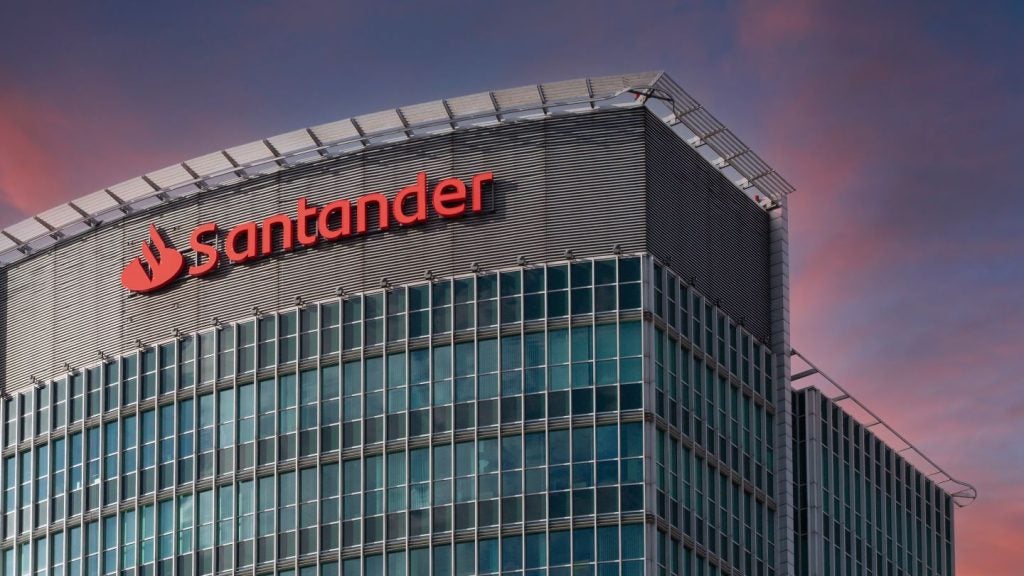The trend of mobile banking applications is going towards lightweight, single-purpose mini-apps believes ST Chua, CMO of Perfectsen, as they are not only easier to implement, but also better fit the needs and usage behaviour of consumers
Mobile banking is a key focus area of almost every major bank in this planet. People cannot leave without their phones these days and banking is an integral part of their life. Therefore, it definitely makes sense to provide key banking facilities that could be easily accessed via the mobile phone.
However, as we observe the mobile usage behaviour of users along with trends in the functionality of apps, we realised that there seems to be a mismatch in the way banking apps are designed compared to the way users are using it currently.
Top apps these days are built with a single functionality in mind, for example, Whatsapp for messaging, Waze to check traffic, Foursquare to check-in on locations, Shazam to identify the title of the music and so forth.
It is also worth to take note that the usage of apps on mobile highly differs from sitting in front of the computer. Apps are used while on the move or while waiting, be it inside the lift or in a taxi queue. In the lift, you have about 10 seconds to accomplish a task. We have also seen speed as a key factor in the user experience of the app.
One might think that milliseconds is insignificant but what we found out that for the younger Gen-Y or Baby boomer generations, it does matter. Companies such as Apple know this and thereby emphasising on its speed when they launched iPhone5.

US Tariffs are shifting - will you react or anticipate?
Don’t let policy changes catch you off guard. Stay proactive with real-time data and expert analysis.
By GlobalDataBut when it comes to banking apps, the apps is heavy, sluggish with a user experience that does not take into account these change in usage behaviour trend.
More does not mean better
The old school concept of building a solution for a bank or financial institution is that solutions are a reflection of your backend. This means whatever capabilities that the bank system is capable of doing, it is immediately reflected to the user. The more functionalities, the merrier.
Procurement evaluates what more can the vendor do and not what less can the vendor do. This is evident in many RFPs where we are given a whole long list of checklist of functionalities to offer. The word simplicity does not exist in this very process which has been followed for years. So when mobile apps came about, the usual approach taken by banks is that apps would be an extension to current online offerings.
An app being a complementary product to your online banking is a good thing. It was also fine in the beginning when the app ecosystem is at its infancy. However, now that there are so many good apps out there fighting for user’s attention, banking apps need to keep up.
Idea of a Mini-app
The idea of a mini-app is to have "small" apps with the purpose of doing one specific function, be it to check balance or to find a specific credit card offer. Think of it as an à la-carte concept for users to pick whichever app they want based on their needs.
This concept is very much same as segmenting your customers in the market. You generally go to market with an umbrella campaign but have specific messages that cater to each segment. In the app ecosystem, you can do the same, maintain your main banking app but start a "fighter" mini app one by one to "attack the market".
The end game is for you to have a suite of mini-apps under an umbrella branding.
Benefits of having a set of mini-apps are:
– The user can now choose out of an ala-carte choice of apps within your bank that he/she wants to have. This is the age where the user is in control.
– Faster user interface and experience.
– Takes up less memory space in the mobile for the user. With more and more contents and apps these days fighting for space, you want to minimise the chances of your app being the first to be deleted when the phone memory is full.
– You can have some apps which are only read-only and does not require the user to key in his/her username and password. This mitigates security risk.
– Lower the chance for the user to get "lost" in your app.
– Faster internal approvals.
– Faster approval from app store (for iTunes app store).
– Compliance and App approval.
As Banks are subjected to stringent compliance and multi-level approvals, apps take a long time to go-to-market. Because it is such a hassle, the traditional method is to get the entire app approved once and for all. The thought of going through multiple approvals with multiple apps is a nightmare to the product managers in Banks.
Therefore, product managers rather create one single app to ensure they only need to go through this process once. This is where we see a flaw in the process where Banks are building product out of convenience more than what the customer wants.
However, what we share with them is that when there is just a single purpose which a simple customer journey and a shorten test script, it is much easier for the compliance team to evaluate the risk of these apps.
A new dimension to marketing: Your app can be use as a campaign champion itself by your marketing team. Promote the app as a core offering and its benefits instead of the usual boring credit card cash back or loan promotions. This gives your bank a different approach to marketing and is in line with views that mobile banking is the way forward.
Ensuring top of mind recall: Like advertising and marketing, the app store is tremendously crowded. You need to get ahead and have the top-of-mind recall. What works with a set of app is that you can be very specific in terms of the app offering including the name of the app. For example, Bank Balance-check app immediately tells the user that the app is meant to display your existing balance.
Avoid users from getting lost within an app: A simpler, single purpose app lowers the risk of users getting lost within the app or not knowing how to self-help since there is only one road that leads to the end-goal. Minimising the many steps involved to navigate in a typical traditional app ensures users are not frustrated when using your app.
We observed that a smaller, lightweight, single purpose app is the way to go the mobile banking space as it not only makes sense from implementation wise but also fits in nicely with the current mobile usage behaviour and app trends.







